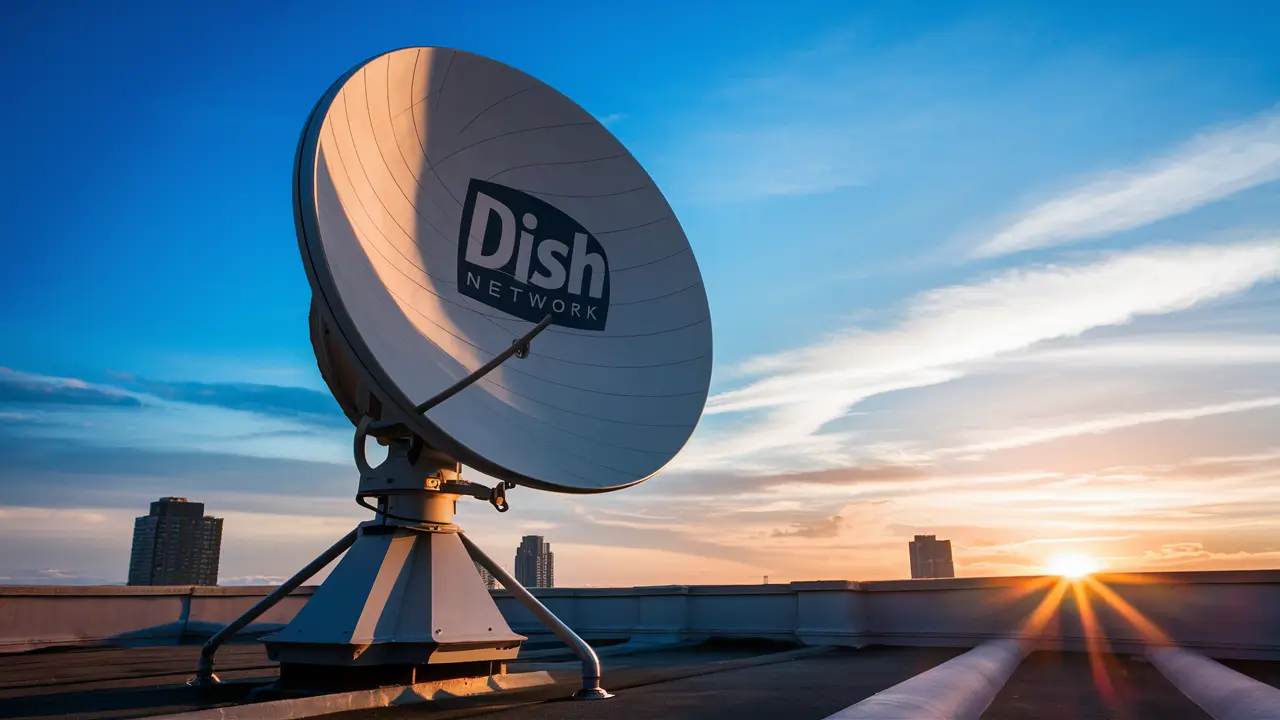
Occasionally one has to relocate the Dish Network satellite dish due to a change of residence or any other reason, and this can easily be done. Below is a detailed guide on how to move your Dish Network satellite dish and equipment safely and correctly.
Before The Move
Before moving your Dish Network equipment, there are a few things you will want to do to prepare:
- Call Dish Network – The first thing you should do is call Dish Service and inform them of your new address. Give them your new address. They will make a record of your account and might require making some modifications on their side to get the best signal when the satellite is shifted.
- Set a move-out and a move-in date - Identify the date on which you are planning to leave your current house and the date you want to begin receiving services at your new house. During the move, they should arrange the dates with Dish Network to ensure that the service is discontinued at the old residence and then activated at the new one, with little interruption in between.
- Assemble all the materials you will use - This involves all the equipment that you will use during the satellite dish and cabling, a ladder, hand tools, and a helper to help you in taking down the dish and installing it in the new position. Ensure that you have all the required mounts, brackets, or hardware to ensure that the damaged part is properly reattached.
Removing The Existing Dish
When taking down and moving an existing Dish Network satellite there are some important safety practices to follow:
- Disconnect all equipment – to begin with, make sure all the receivers, DVRs, and other equipment are turned off, unplugged, and disconnected from the dish before handling cables or dismantling the dish.
- Disconnect cabling – Unplug and unhook coaxial cables that are connected to satellite receivers, televisions, etc., and label them in case you need to reconnect them later.
- Lower down cautiously - You might be required to remove any accessories or stands before dismantling the dish. Gently lower it instead of dropping or letting it fall which may harm the alignment of electronics.
Transporting Equipment Safely
When moving a satellite dish and equipment, proper transportation is key:
- Tie cables tidily – If you have cables that are not neatly packed, it is advisable to wrap them up or pack them in such a way that they do not get entangled or damaged on the way.
- Secure the gear – Pack any dish, receiver, remote control, etc. in a way that they will not be damaged during the move. Make sure the packing material used is enough to minimize the movement of equipment during the transport.
- Transport in a vehicle safely – This implies that the boxes should be properly packed and arranged in the car in a manner that will not allow them to move around or topple over. Components such as receivers should be placed in the cabin, not on the open back of a truck where they will be exposed to weather elements.
Bringing The Dish to The New Place
Once you arrive at your new home, it's time to install your Dish Network equipment:
- Aiming satellite – This means that you will have to establish the azimuth, elevation, and angular orientation to get the best shot at the Dish signal from satellites. Of course, you can always reach Dish Network through a phone call or access their satellite finder tools by inputting a new address online. This will give you the dish pointing coordinates…”
- Mount the dish - Depending on the new location, fix the roof mount, exterior wall mount, and balcony railing mount depending on the position where the dish is to be placed. Follow manual directions closely.
- Screw securely – Now that the mount is in position, slide the dish into the mounting slot and guide the dish by hand to ensure that it faces the specific coordinates of the angle of your location. Adjust, if necessary, to maximize the signal strength.
- Reconnect cabling – Install new coaxial cables from the satellite dish to the inside of the house to reconnect to the satellite receivers, DVRs, and other devices if necessary, and use the cabling map created before.
Signaling Test and Final Installation
The final steps involve confirming connectivity and operation:
- Signal strength – Switch on your receivers and televisions and check satellite signal meters to ensure they have the maximum possible signal lock with limits. Tweak the dish further if finer tuning adjustments are necessary to further optimize the signal strength.
- Bolt all mounts and dish securely - After obtaining the preferred signal angle, make sure that all bolts holding the mounts and the dish are tightened adequately to prevent movement due to wind or any other natural forces.
- Resume recording timers – For DVR devices, get back any series schedules that might have been deleted in the process so that recording continues as it was. Ensure that prior recordings were not compromised during the transfer.
If equipment is prepared systematically, protected, and transported safely, the dish is properly realigned and signal strength is confirmed, you can be assured that Dish Network satellite move can be done without a hitch. Take several days to make the move from dismantling the old system to installing it and testing its functionality in your new location. Stick to all the Dish guidelines well and in case of anything that makes it hard for you to set up the new system, do not hesitate to contact support.
Ready to upgrade your TV experience? Call us now at (877) 471-4808 to find the perfect Dish Network plan for you! Don’t miss out on great entertainment—our team is here to help you choose the best package and get you started today.





